machine shopA comprehensive guide to machining on lathes: Processes, options and costs.
introductory
In today’s manufacturing industry, machining plant as the core link of the industrial chain, its technology and ability is directly related to the quality and performance of various products. Among them, lathe machining, as a basic and crucial metal forming process, is a key indicator to measure the technical level of a machining plant. Whether you are a buyer looking for outsourcing services, or an engineer looking for an in-depth understanding of the industry, it is critical to understand the core capabilities of a machining plant and the details of the lathe machining process. This article will provide you with a comprehensive analysis and practical selection guide.
I. Analysis of core concepts: machining plants and lathe processing
A professional machine shop usually integrates a series of capabilities such as design, programming, production and quality control, and is capable of precision machining of metals, plastics and other materials using a variety of machine tools and equipment according to the customer’s drawings or needs, to manufacture parts or products that meet the requirements.
Lathe machining is one of the most common and fundamental processes in machining. It mainly refers to the process of cutting the surface of a rotating body on a lathe, using the relative motion of workpiece rotation and tool movement, so as to achieve a predetermined shape, size and surface accuracy. The modern sense of lathe machining mostly refers to CNC lathe machining, i.e., automated machining with high precision and efficiency through computer numerical control (CNC) technology.
Second, the main process flow of lathe processing
A complete lathe machining process consists of multiple precision steps, each of which directly affects the quality of the final product.
Drawing review and process design: Engineers analyse in detail the 2D/3D drawings provided by the customer to determine the machining plan, tool path and cutting parameters.
Programming and simulation: CAD/CAM software is used to convert design drawings into G-code recognisable by the CNC machine and to simulate machining paths to avoid errors.
Material preparation and clamping: The suitable material (e.g. stainless steel) is prepared according to the requirements and is accurately positioned and clamped on the machine.
Roughing and Finishing: CNC lathes start with a roughing process for quick removal of allowances, followed by a precision finishing process to ensure the final dimensions and surface finish of the part.
Online Inspection and Compensation: During machining or after stage completion, online measurement may be carried out using probes and other equipment, and tool compensation is carried out based on the results to ensure accuracy.
Lower lathe post-processing: After parts are machined, subsequent processing such as deburring and cleaning may be required.
Final Quality Inspection: Use CMM, calipers, micrometers and other precision gauges to conduct full-size inspection of the finished product to ensure compliance with the drawings.
Three,Technology for lathe machiningAdvantages and areas of application
The lathe machining capabilities of a professional machine shop offer multiple significant advantages.![图片[1]-机械加工厂与车床加工全方位指南:工艺、选择与成本解析(核心概念解析:机械加工厂与车床加工)-大连富泓机械有限公司](https://cndlfh.com/wp-content/uploads/2025/06/9-800x538.png)
Core strengths
High precision and consistency: CNC lathe machining is able to achieve micron-level (≤0.005mm) repeatable positioning accuracy through programme control, which is very suitable for the production of precision parts with strict tolerance requirements.
High efficiency and low cost: Compared with the traditional manual lathe, CNC lathe can run continuously and automatically for a long time once the programme is set up, which greatly improves the production efficiency and is especially suitable for batch orders, which can effectively reduce the cost of each piece.
Powerful ability to process complex shapes: through the programming of CNC system, modern lathe can easily complete the processing of ellipse, parabola and other complex surfaces, which is difficult to achieve by traditional manual lathe.
High production flexibility: when changing the machined parts, usually only need to change the machining programme can be, so that the machining plant can quickly respond to changes in market demand, to adapt to small batch diversified production.
Main application industries
Automotive industry: engine parts, drive shafts, brake system parts, etc.
Aerospace: Aircraft landing gear components, engine blades, avionics equipment shells and other high-performance requirements of precision parts.
Energy equipment: wind power bearing housings, hydraulic valve bodies, pump housings, turbine blades, etc.
General mechanical equipment: various shafts, bushings, flanges, threaded fittings, etc.
Electronic communications: precision connectors, heat sinks, mould inserts, etc.
IV. A practical guide to choosing a professional machine shop
In the face of the many machining factories on the market, how to screen their professionalism and make the right choice? Please focus on the following key points:
Assessment of technical equipment
Examine whether the factory has advanced CNC lathes, machining centres and other core equipment.
Find out if their equipment has a mill-turn function, which enables more complex processes to be completed in a single clamping, ensuring accuracy.
Quality Assurance System
Confirm that the factory has passed the international quality management system certification such as ISO9001.
Understand its testing capabilities, whether it is equipped with three coordinate measuring machine, optical projector, surface roughness meter and other precision measuring equipment.
Engineering team experience
Evaluate the experience of their technical team, especially programming and process engineers, which is directly related to the ability to solve complex machining challenges and optimise costs.
Check out their success stories in your industry or with similar products.
Integrated service capacity
In addition to lathe machining, excellent factories can also provide multi-process integration services such as milling machine machining and grinding machine machining, providing you with one-stop solutions.![图片[2]-机械加工厂与车床加工全方位指南:工艺、选择与成本解析(核心概念解析:机械加工厂与车床加工)-大连富泓机械有限公司](https://cndlfh.com/wp-content/uploads/2025/05/4-3-555x800.png)
The table below summarises the core elements to look for when choosing a machine shop:
Dimensions Key Indicators Mandatory Items and Potential Problems
Technical equipment Equipment brand, degree of newness, degree of automation CNC system model, whether there is a combination of turning and milling, robotic loading and unloading
Processes and qualifications Quality management system certification, process document integrity ISO certificate, process cards, operating instructions
Quality control Inspection equipment configuration, pass rate control standards Coordinate report, the first piece of inspection records, final inspection standards for finished products
Integrated services Design support, on-time delivery, rapid response capability Provide DFM (Design for Manufacturing) analysis, production schedule visibility
V. Frequently Asked Questions (FAQ) about Machining Plants and Lathe Processing
Q1: What is the main difference between CNC lathe machining and traditional manual lathe machining?
A: The main difference lies in the method of control and the degree of automation. While traditional lathes rely on the skill and experience of the operator for manual control, CNC lathes are automatically executed through pre-programmed routines, providing significant advantages in terms of machining accuracy, efficiency consistency, and the ability to process complex parts.
Q2: What factors affect the final cost of a lathe-machined part?
A: The main factors include: type and amount of material, part structure and accuracy requirements (the tighter the tolerance, the higher the cost), order batch size, surface treatment requirements, and the urgency of the machining cycle.
Q3: How can I initially judge whether the quality of lathe machining of a machine shop is reliable?
A: We can make preliminary judgement by the following points: communication professionalism – whether we can understand your drawings quickly and provide reasonable suggestions; sample quality – ask for samples for size and appearance checking; factory visit – to observe whether the production site is neat and orderly and how well the equipment is maintained. -Observe whether the production site is neat and orderly, and how to maintain the equipment.
Q4: Can a machine shop undertake R&D projects for small quantities and multiple varieties?
A: Absolutely. The flexible production characteristics of modern machining factories, especially those that specialise in CNC lathe machining, are ideal for taking on small-lot, multi-variety R&D sampling or trial orders. The key is to communicate clearly with the factory about your needs and understand that the cost per piece for small orders may be slightly higher than for large production runs.
Schlussbemerkungen
Choosing a skilled and well-managed machine shop and taking full advantage of its lathe machining capabilities is key to ensuring the success of your project in terms of quality, cost and delivery. We hope that this guide will help you establish a clear understanding of these two core concepts and select the ideal partner for subsequent co-operation.
Do you have specific lathe machining needs? Or what challenges have you encountered in previous collaborations? Feel free to share your insights and questions in the comments section and we’ll discuss it together.

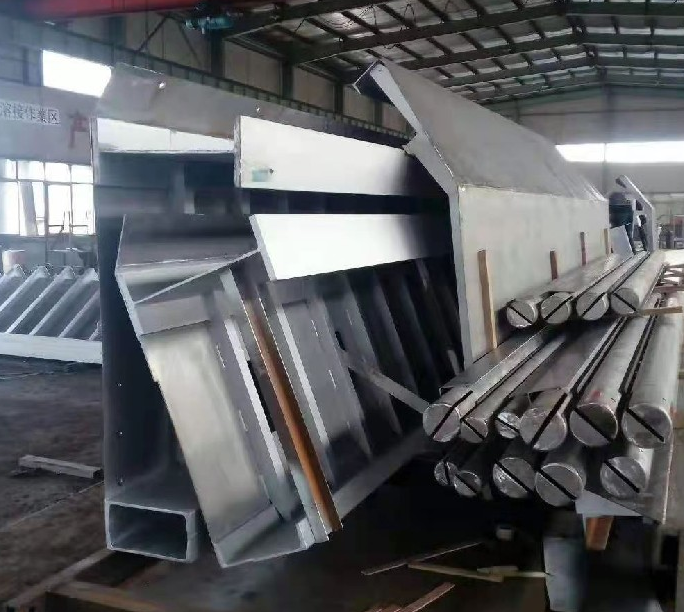


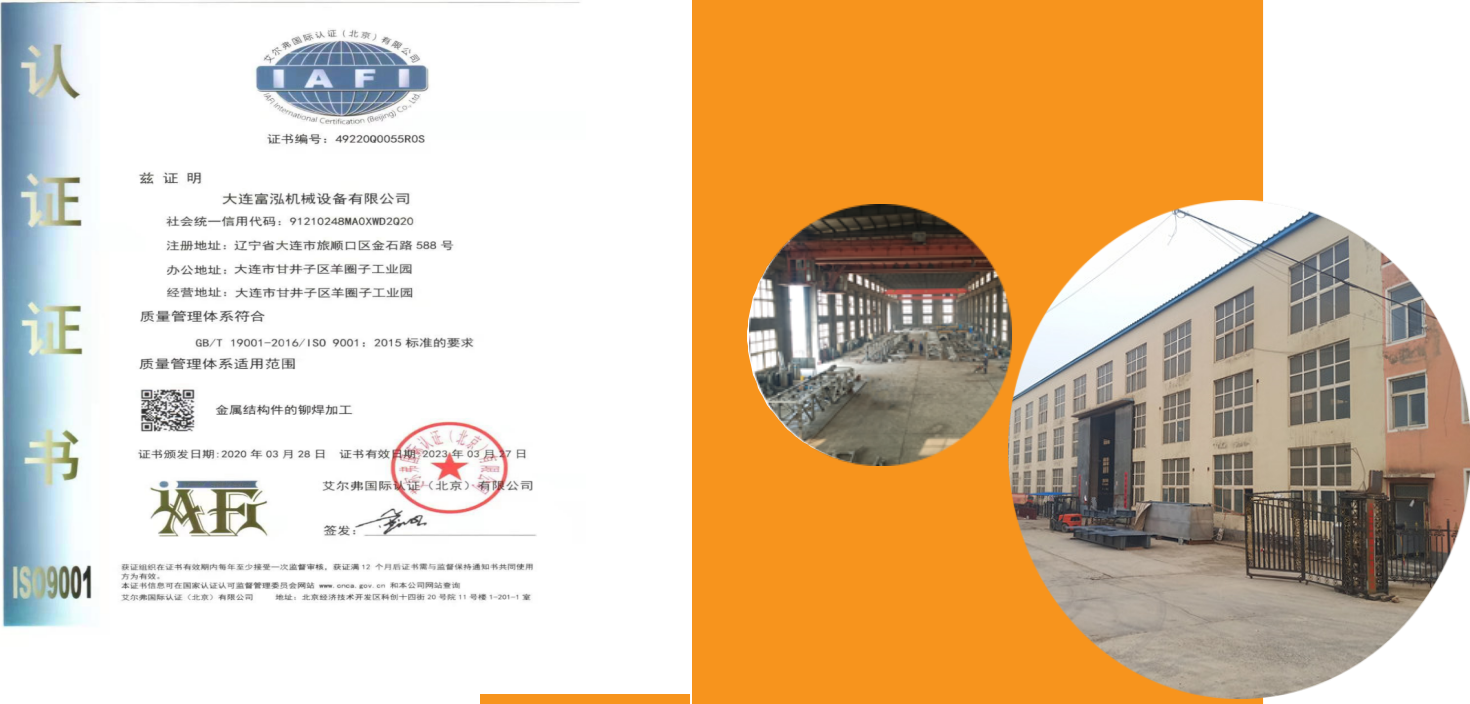
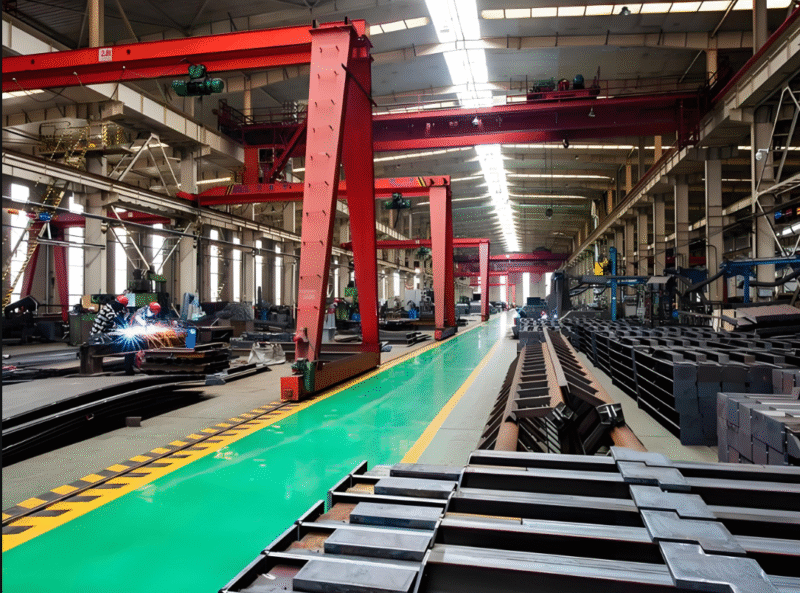

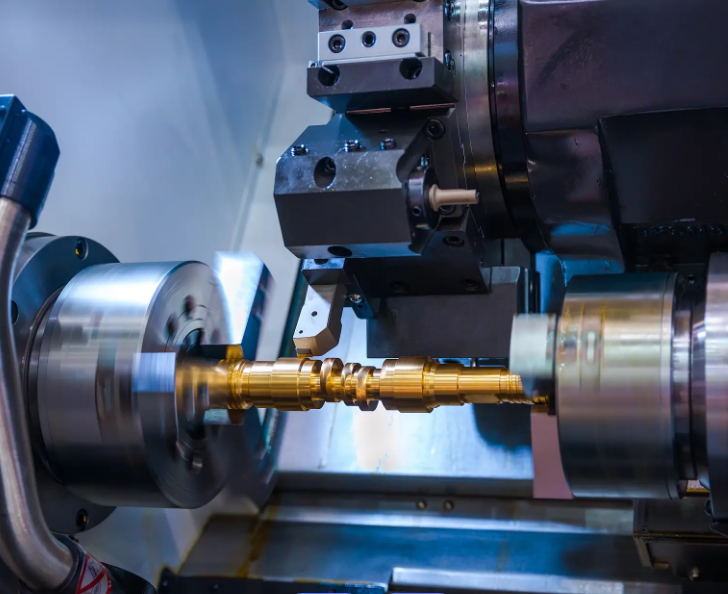
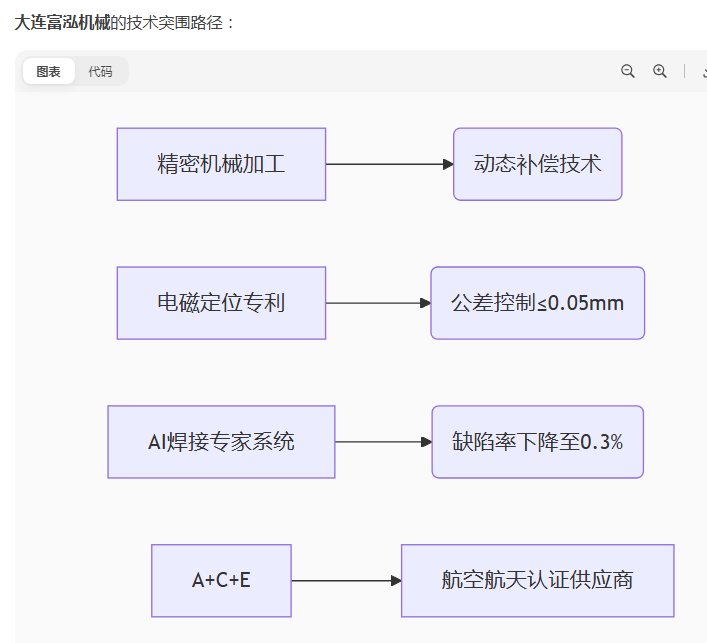
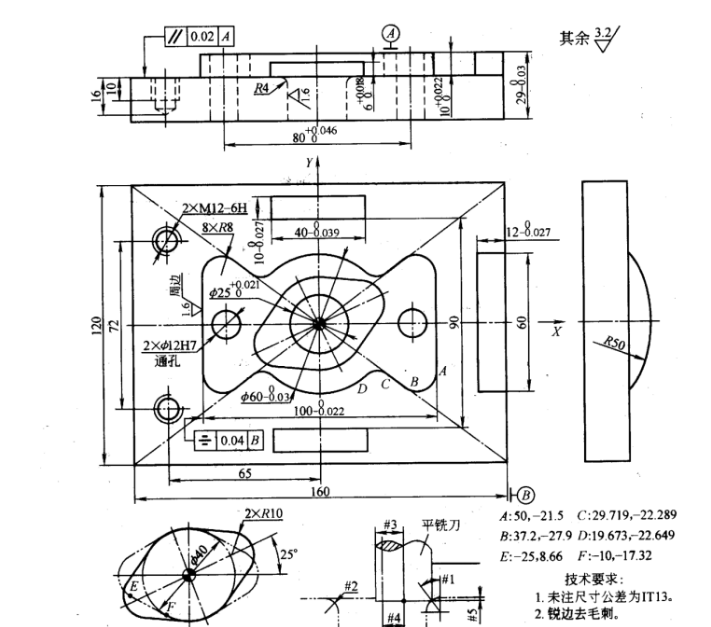
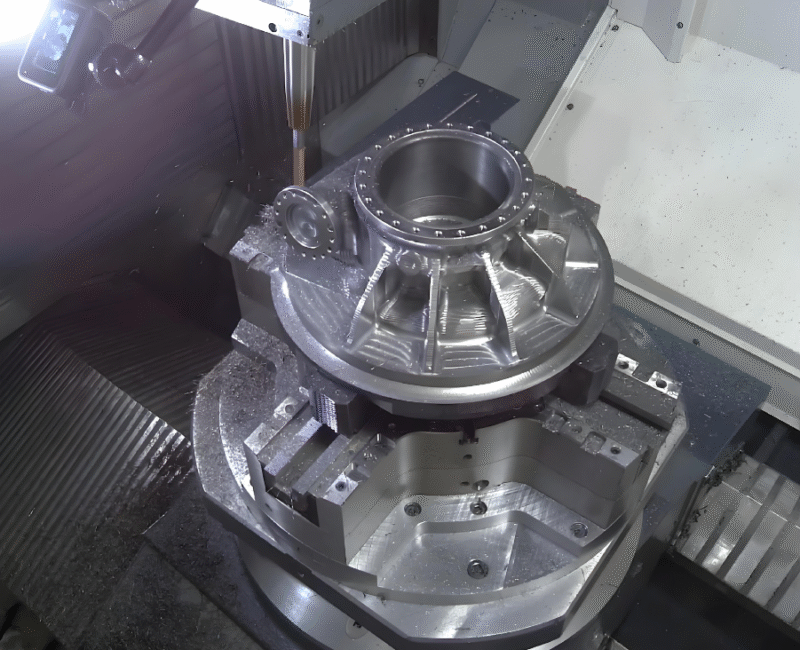

暂无评论内容